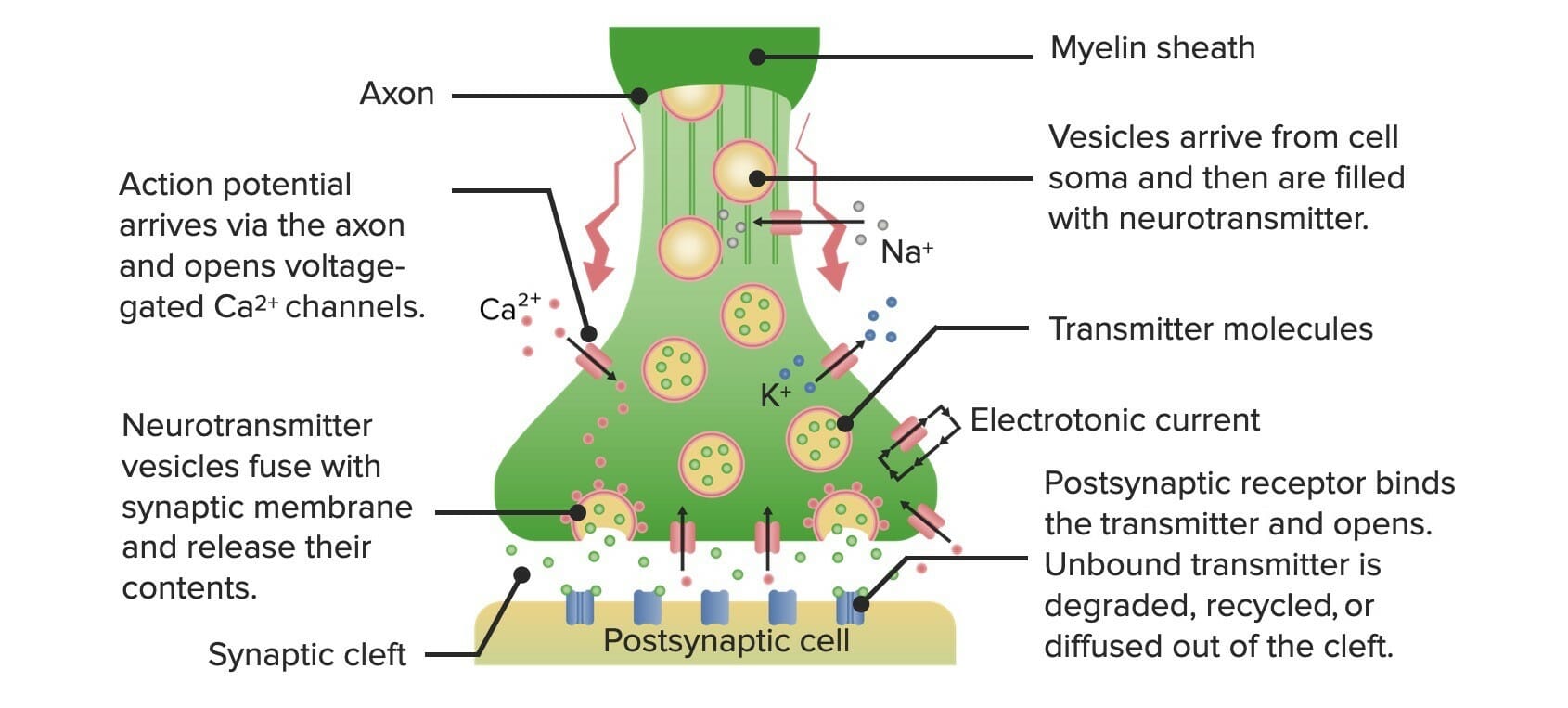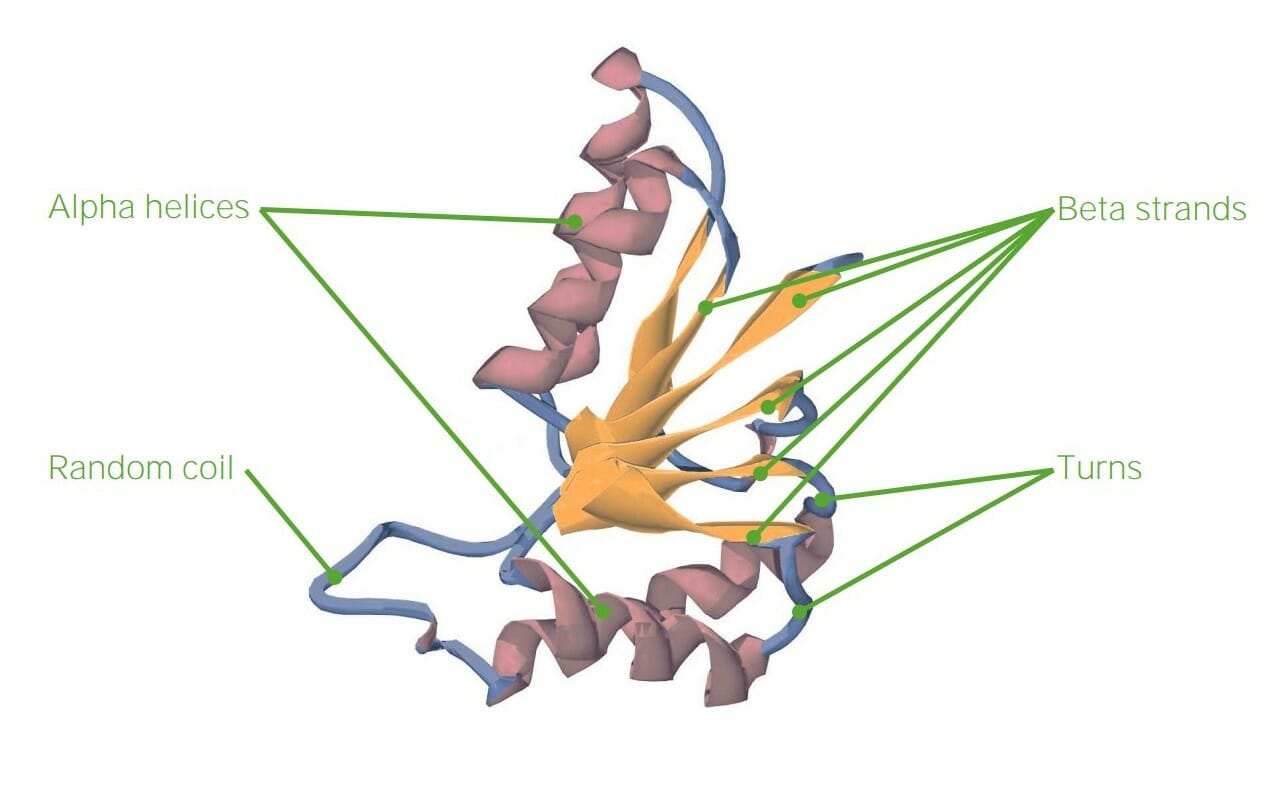Playlist
Show Playlist
Hide Playlist
Hormone Binding Proteins
-
Slides Introduction EndocrinePathology.pdf
-
Reference List Pathology.pdf
-
Download Lecture Overview
00:02 Let's talk about hormone binding proteins. 00:05 Now, before we begin this topic, hormone binding proteins, all of these are coming from where? Liver, liver, liver, liver. 00:12 How are the boards going to ask you about this? They'll talk to you about pregnancy, one thing. 00:16 Oh, yeah. 00:17 In pregnancy, tell me what is the major circulating hormone that is found. 00:23 Estrogen. 00:24 Good. 00:25 In pregnancy, what can you expect your binding protein concentration to be? Always elevated. 00:31 So, estrogen works in the liver to increase your binding proteins. 00:35 Which ones? We'll take a look at the table down below. 00:40 Begin at the very top. 00:41 Sex hormone binding globulin. 00:44 These are called globulins. 00:45 In other words, these are proteins. 00:47 Coming from where? The liver. 00:49 What's your hormone responsible for increasing your binding globulin? Estrogen. 00:54 Found when? During pregnancy. 00:57 Sex hormone binding globulin will bind to estrogen and testosterone. 01:01 Now, before I go on, there is one point that students keep mistaking here or confusing, and they get androgen binding globulin confused with sex hormone binding globulin. 01:12 The androgen-binding globulin, for example, let’s talk about the testes, I want you tell me what the inner cell of a testes is called. 01:24 Sertoli cell. 01:26 That also has a binding globulin. 01:29 That’s not the same one as this. 01:31 That’s where students keep confusing this. 01:33 So, you have an androgen binding globulin that locally binds your androgen within your Sertoli cell. 01:38 Keep that that separate from your sex hormone binding globulin. 01:41 I’m going to give you a second example where students keep getting this confused as well. 01:46 It’s a concept. 01:48 What about the next one? It’s called cortico-binding hormone. 01:50 In other words, cortisol binding hormone. 01:53 It’s cortisol. 01:54 Neurophysins, where are you? The neurophysins actually would be up in the hypothalamus responsible for binding your posterior pituitary hormones. 02:03 Take a look at vasopressin, oxytocin. 02:05 That’s all that I wish to say about that. 02:07 Now, this is the other one here. 02:09 Thyroid-binding globulin, here’s it’s the liver, estrogen will up-regulate thyroid-binding globulin. 02:14 That is a huge topic for us. 02:17 But do not confuse this with in the thyroid gland. 02:21 What is it that actually attaches to T3, T4? What attaches to T3, T4 and brings it into the colloid? Of a thyroid follicular epithelial cell into the colloid is called your thyroglobulin. 02:39 Do not confuse the thyroglobulin, which is important clinically, especially if you are using it to, let’s say, measure pathology such as papillary cancer thyroid or Hashimoto. 02:52 Then do not confuse that with our binding globulin, which is being released from the liver. 02:57 Then you have IGF-binding protein and you also have something called vitamin D binding proteins. 03:02 Take a look at all of these. 03:03 All of these particular hormones are pretty much, well, lipid soluble, aren’t they? They’re all lipid soluble. 03:09 They need to have a binding globulin, so that you properly chaperone them in your circulation.
About the Lecture
The lecture Hormone Binding Proteins by Carlo Raj, MD is from the course Introduction to the Endocrine System.
Included Quiz Questions
What are hormone-binding proteins?
- Regulatory proteins that accompany hormones to their target receptors
- Regulatory lipids that accompany hormones to their target receptors
- Inhibitory proteins that accompany hormones to their target receptors
- Proteins that accompany hormones for renal excretion
- Proteins that accompany hormones for hepatic excretion
Which binding protein is responsible for carrying hormones from the hypothalamus to the posterior pituitary?
- Neurophysin
- Corticosteroid-binding globulin
- Thyroid-binding globulin
- Albumin
- DNA-binding protein
Which hormone binds to sex hormone binding globulin?
- Testosterone
- Calcitriol
- Oxytocin
- Progesterone
- Cortisol
Customer reviews
5,0 of 5 stars
| 5 Stars |
|
2 |
| 4 Stars |
|
0 |
| 3 Stars |
|
0 |
| 2 Stars |
|
0 |
| 1 Star |
|
0 |
I like how that he randomly generates questions that get the students to think
Clear, well explained and classified. The way he associates concepts is quite helpful for studying






